In the fascinating world of reptile behavior, mimicry stands as one of the most remarkable evolutionary adaptations. Among these impressive survival tactics, certain non-venomous snakes have developed the ability to flatten their heads, creating a convincing cobra-like appearance when threatened. This defensive mimicry serves as a powerful deterrent against potential predators who recognize the distinctive hood of a cobra as a universal warning sign. The behavior represents a sophisticated form of Batesian mimicry, where harmless species benefit from resembling dangerous ones. This remarkable adaptation provides a window into the complex evolutionary arms race between predators and prey, demonstrating how appearance alone can sometimes mean the difference between life and death in the wild.
The Evolutionary Advantage of Mimicry
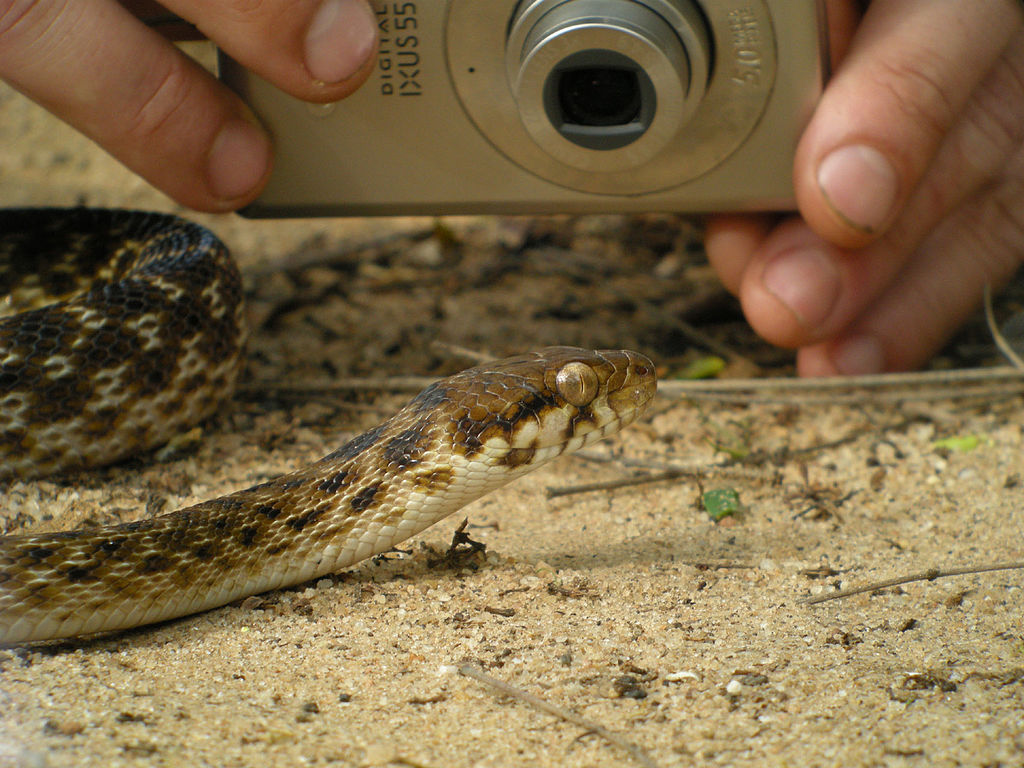
Mimicry represents one of evolution’s most elegant solutions to the challenge of survival. For non-venomous snakes, the ability to mimic the appearance of deadly cobra species offers an extraordinary protective advantage without requiring the metabolic cost of producing actual venom. This form of deception, known specifically as Batesian mimicry, occurs when harmless species evolve to resemble dangerous ones, thereby gaining protection from shared predators. The predators, having likely experienced or instinctively recognized the danger of the model species (cobras), avoid the mimic species as well. This evolutionary strategy has proven so successful that it has independently evolved multiple times across different snake families worldwide, highlighting its effectiveness as a survival mechanism in diverse ecological contexts.
Common Snake Species That Flatten Their Heads
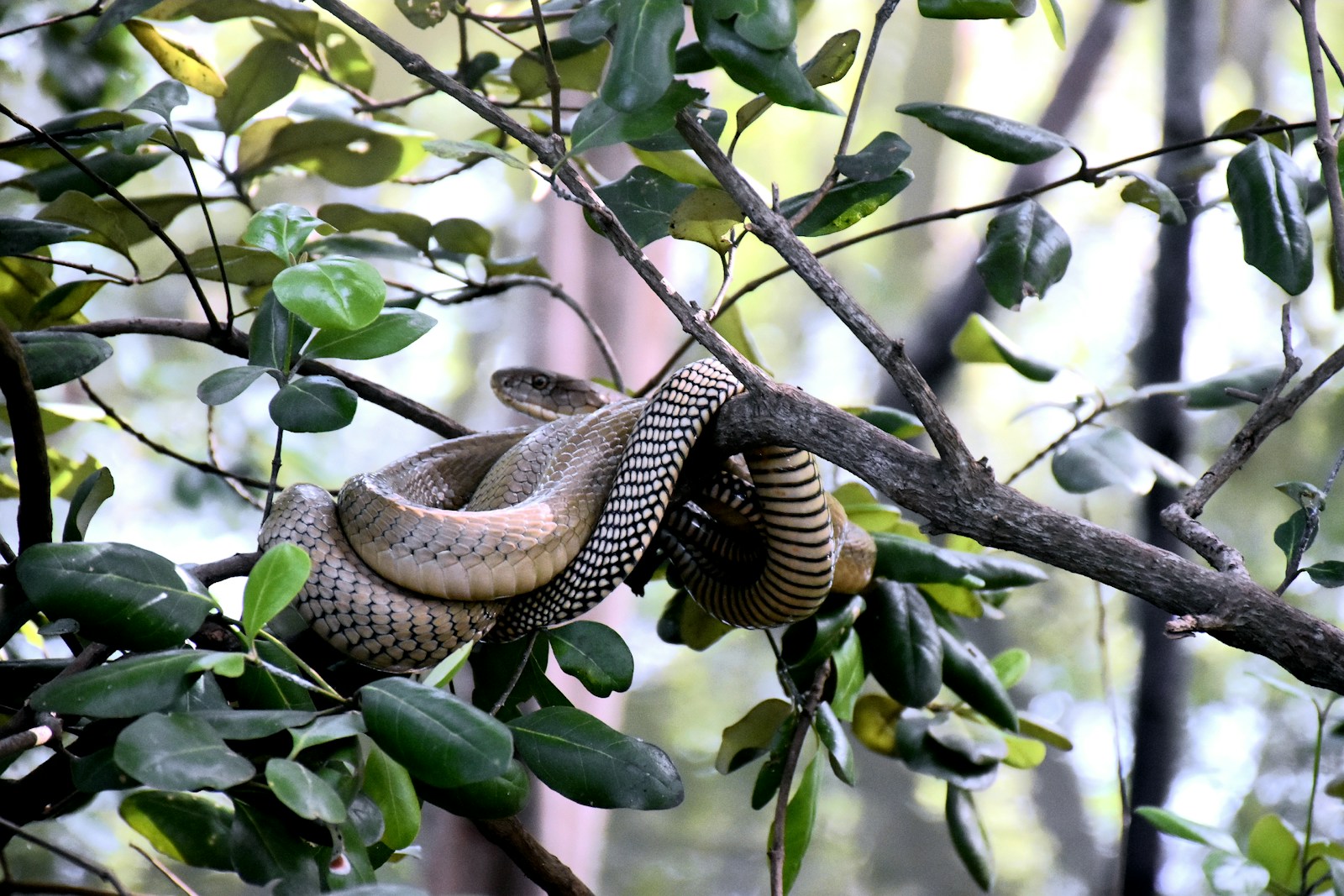
Several non-venomous snake species have perfected the art of cobra mimicry through head-flattening behaviors. The hognose snake (genus Heterodon) native to North America is perhaps one of the most renowned performers of this deceptive display, dramatically flattening its neck and head when threatened. Eastern ratsnakes (Pantherophis alleghaniensis) also employ this technique, spreading their neck scales to create a convincing cobra-like appearance. The water snake (genus Nerodia) similarly flattens its head when cornered, despite being completely harmless to humans. In Europe, the grass snake (Natrix natrix) has mastered this mimicry, while in Asia, the false water cobra (Hydrodynastes gigas) takes the imitation even further with impressive hood displays that closely resemble true cobras.
Anatomy Behind the Transformation
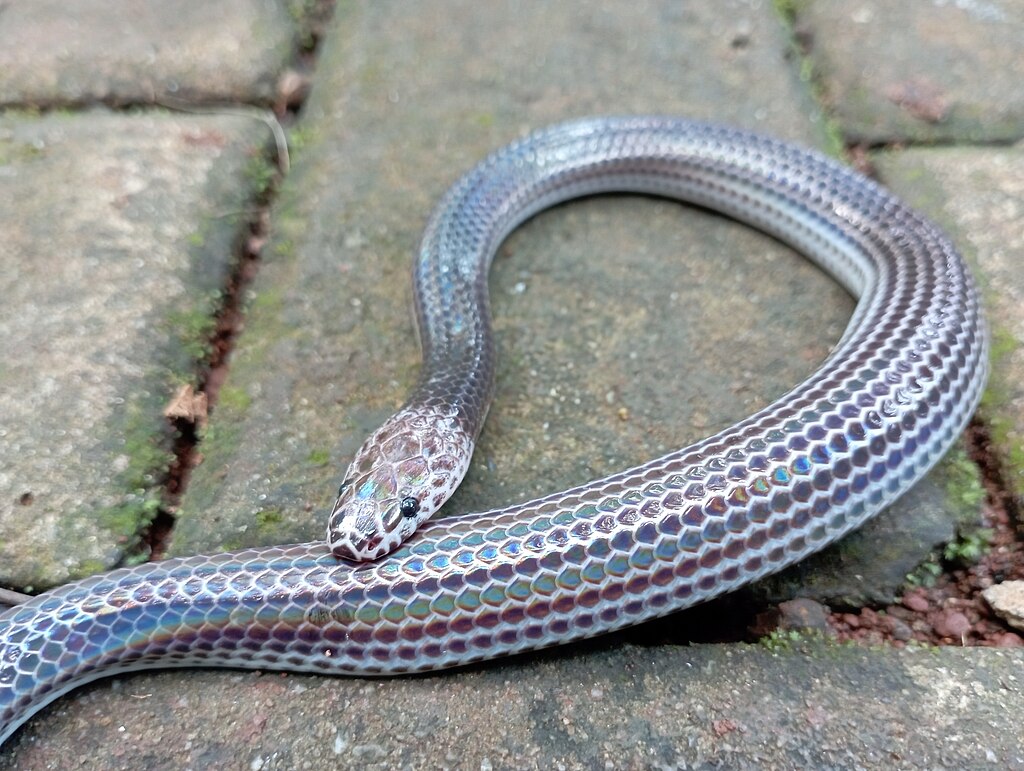
The physical transformation that allows non-venomous snakes to mimic cobras involves remarkable anatomical adaptations. Unlike true cobras, which have specialized cervical ribs that extend laterally to form their iconic hood, mimicking snakes achieve a similar effect through different means. These imitators possess specialized muscles along their neck and head that, when contracted, can spread their cervical vertebrae and stretch the skin between scales. Some species have evolved particularly elastic skin in the neck region that stretches dramatically when these muscles contract. The head itself doesn’t actually change shape significantly; rather, the flattening effect primarily involves the neck region directly behind the head. This creates an optical illusion that makes the head appear wider and more triangular – reminiscent of the venomous species they’re mimicking.
The True Cobra’s Hood: How It Works
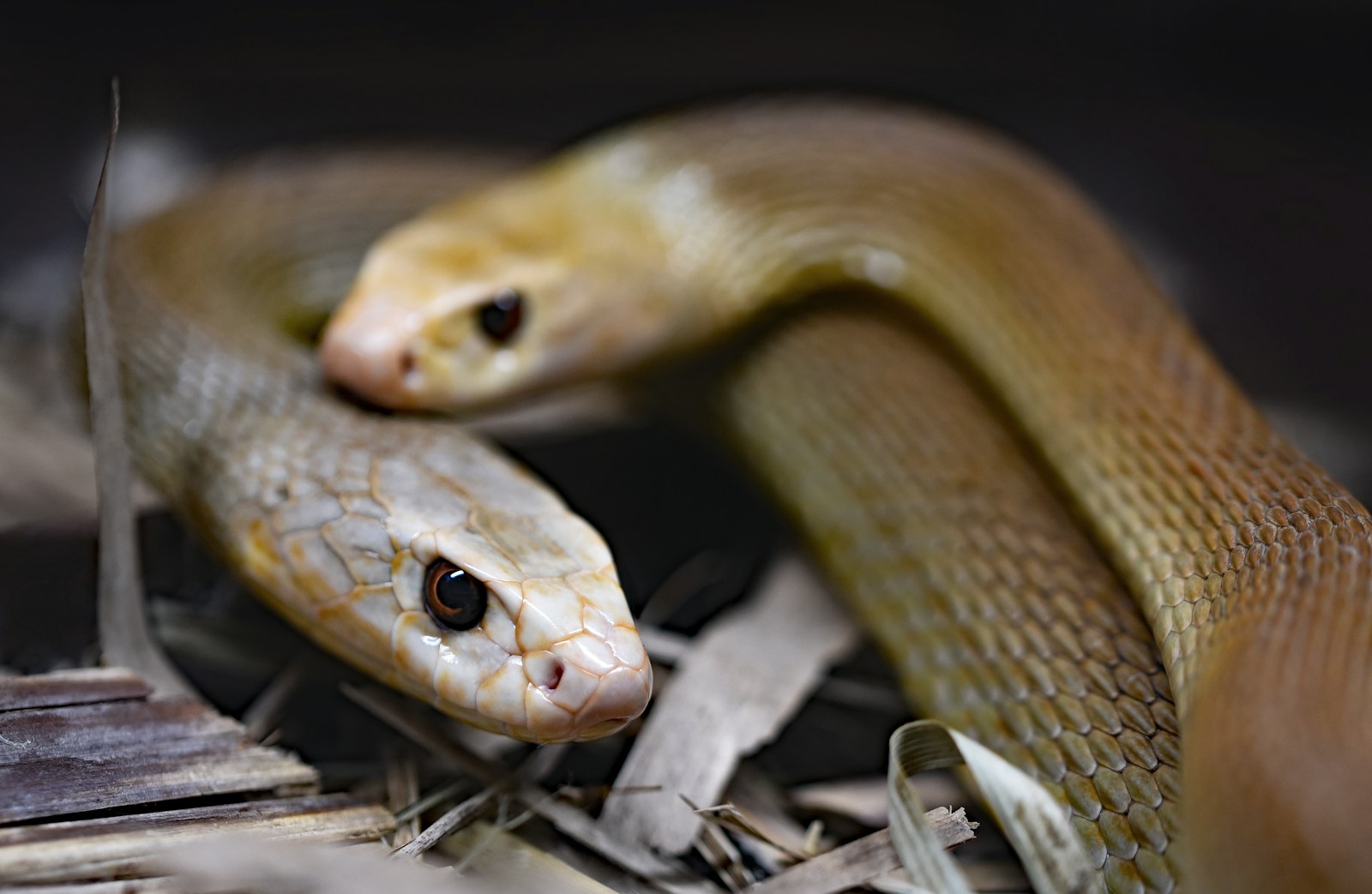
True cobras possess a specialized anatomical structure that sets their hood-flaring ability apart from their mimics. The cobra’s iconic hood is formed by elongated ribs in the neck region, specifically modified cervical ribs that can rotate outward when the snake feels threatened. When a cobra displays its hood, it contracts specialized muscles that extend these modified ribs nearly perpendicular to the spine, stretching the flexible skin between them to create the characteristic hood shape. This expansion can increase the visible size of the snake’s head area by three to four times, creating an intimidating display for potential predators. Some cobra species, like the king cobra (Ophiophagus hannah), can maintain this display for extended periods while simultaneously tracking threats and preparing to strike if necessary.
The Behavioral Sequence of Mimicry

The head-flattening display follows a predictable behavioral sequence that maximizes its effectiveness against predators. When a mimicking snake first detects a threat, it typically begins with a startle response – freezing momentarily before assessing the situation. If the threat persists, the snake initiates the display by flattening its head and neck while simultaneously taking a deep breath to expand its body. This visual transformation is often accompanied by other intimidating behaviors: the snake may raise the front portion of its body off the ground, hiss loudly, and position itself to face the threat directly. Some species add further complexity to their performance by mock striking (lunging forward without actually biting) or swaying side to side in a mesmerizing pattern that resembles a cobra’s pre-strike behavior. This multi-component display creates a convincing illusion that even experienced predators often retreat from rather than risk an encounter with what appears to be a dangerous venomous snake.
The Hognose Snake: Master of Deception
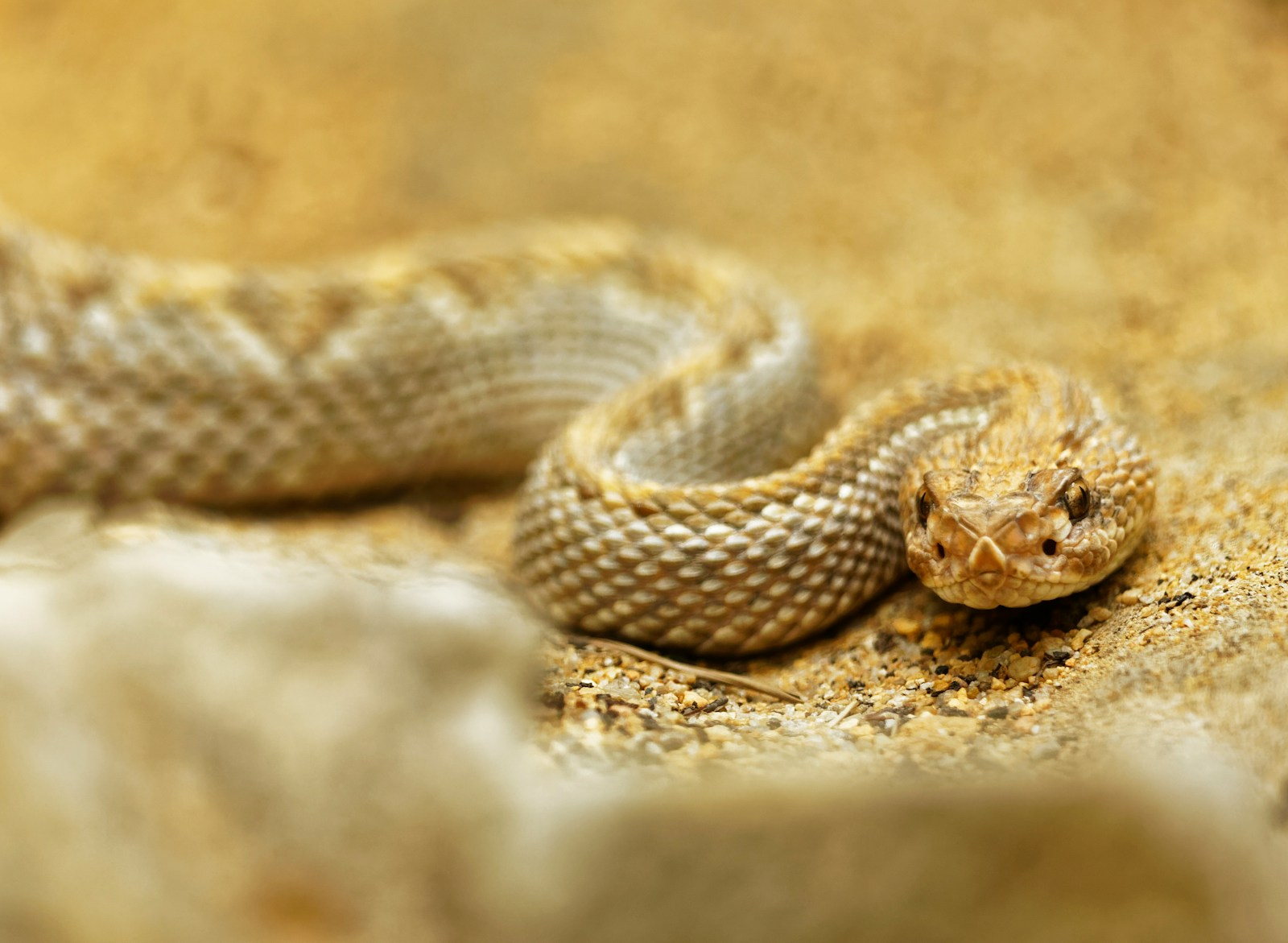
The hognose snake represents perhaps the most theatrical and elaborate cobra mimic in North America. When threatened, this remarkable reptile doesn’t simply flatten its head and neck – it performs an entire repertoire of defensive behaviors that make it the Oscar winner of snake mimicry. The display begins with an impressive flattening of the neck and head while loudly hissing and making mock strikes with a closed mouth. If this initial performance fails to deter the threat, the hognose escalates to its famous “playing dead” routine – dramatically rolling onto its back, opening its mouth, extending its tongue, and even secreting a foul-smelling musk while appearing completely limp. This elaborate performance demonstrates how mimicry behaviors can evolve into complex defensive strategies beyond simple visual deception. Perhaps most remarkably, the hognose will persistently roll back onto its back if physically turned right-side up during this display, showing a dedicated commitment to maintaining the deception.
Effectiveness Against Different Predators
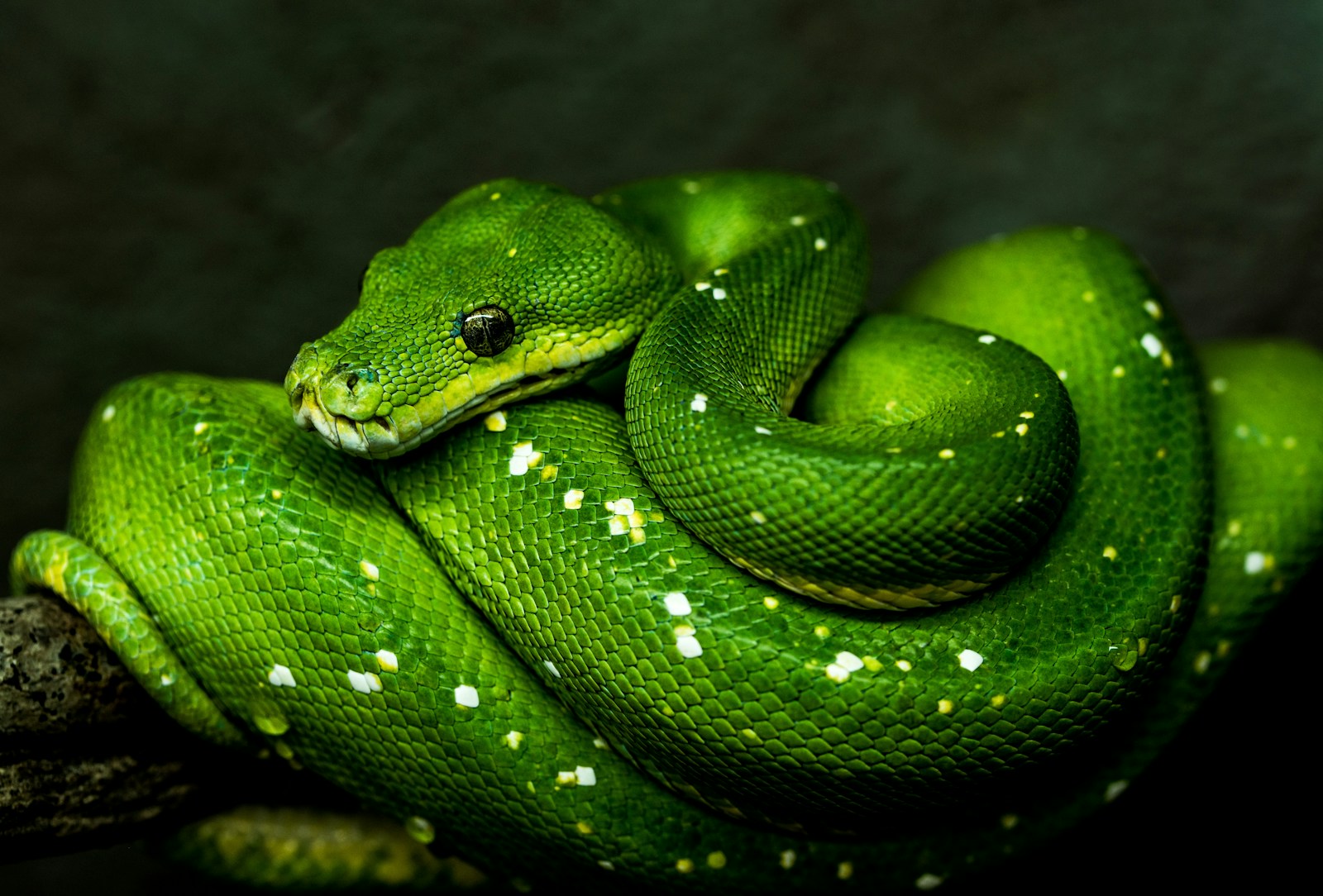
The effectiveness of head-flattening mimicry varies significantly depending on the predator encountering the display. Research suggests that visual predators with good color vision and previous experience with venomous snakes, such as birds of prey and mammals like mongooses, are most likely to be deterred by the mimicry. These predators have likely evolved innate recognition of the distinctive cobra shape or learned to associate it with danger through previous encounters. Interestingly, predators without evolutionary history alongside cobras may not respond as strongly to the display, suggesting the mimicry evolved specifically to target certain predator groups. Thermal-sensing predators like some snake species may be less fooled by purely visual mimicry, as they can detect the absence of the heat signature patterns typical of venomous snakes. Studies tracking predator-prey encounters in natural settings have shown that successful mimicry can reduce predation attempts by as much as 60% compared to non-mimicking snake species, highlighting the significant survival advantage this behavior confers.
Regional Variations in Mimicry

Fascinating regional variations exist in how different snake populations have evolved their mimicry behaviors. In areas where cobras display distinctive patterns along with their hood displays, mimicking species often develop similar color patterns to enhance the deception. North American species like hognose snakes have evolved their displays despite no cobras being native to the region, suggesting their displays may target predators with instinctive fear of hooded snake shapes or mimic other historic venomous species. In Southeast Asia, where king cobras and other venomous elapids are abundant, the sophistication of mimicry tends to be particularly advanced, with species like the mock viper developing extremely convincing visual deceptions. Some regional variations show co-evolutionary development, where mimics in areas with more aggressive cobra species tend to display more elaborate and persistent mimicry behaviors. These geographical differences demonstrate how local predator-prey dynamics shape the evolution of mimicry systems over time, creating regional “dialects” of this defensive language.
Mimicry Beyond Head Flattening
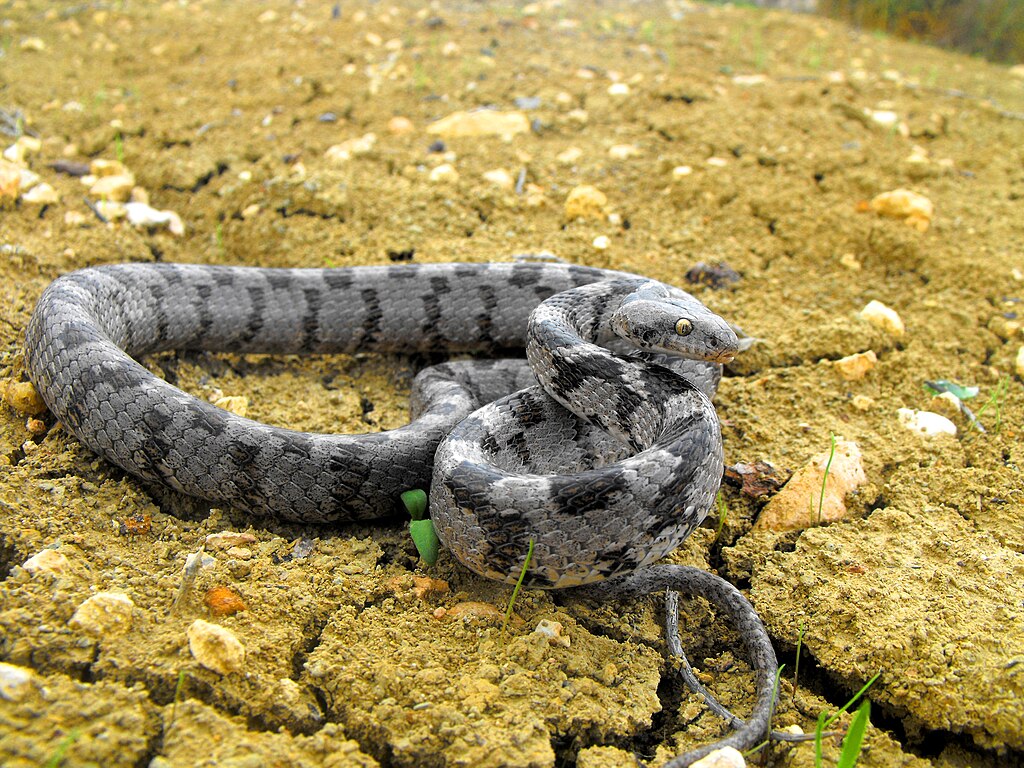
Many snake species combine head-flattening with additional mimicry tactics to create more convincing deceptions. Color pattern mimicry is often employed alongside behavioral displays, with some non-venomous species evolving banding patterns or distinctive markings that resemble those of venomous species in their region. Sound production represents another dimension of mimicry, with some species developing specialized scales that produce loud hissing or even rattling sounds similar to those made by venomous snakes. Body positioning plays a crucial role as well, with mimics adopting the distinctive S-shaped pre-strike pose associated with many venomous species. Some particularly sophisticated mimics have even evolved tail displays that draw attention away from the vulnerable head – the western hognose snake, for instance, may flatten its head while simultaneously curling its tail and waving it in a manner resembling a rattlesnake’s warning display, creating a multi-point deception that confuses predators about which end poses the greater threat.
When Humans Encounter Mimics
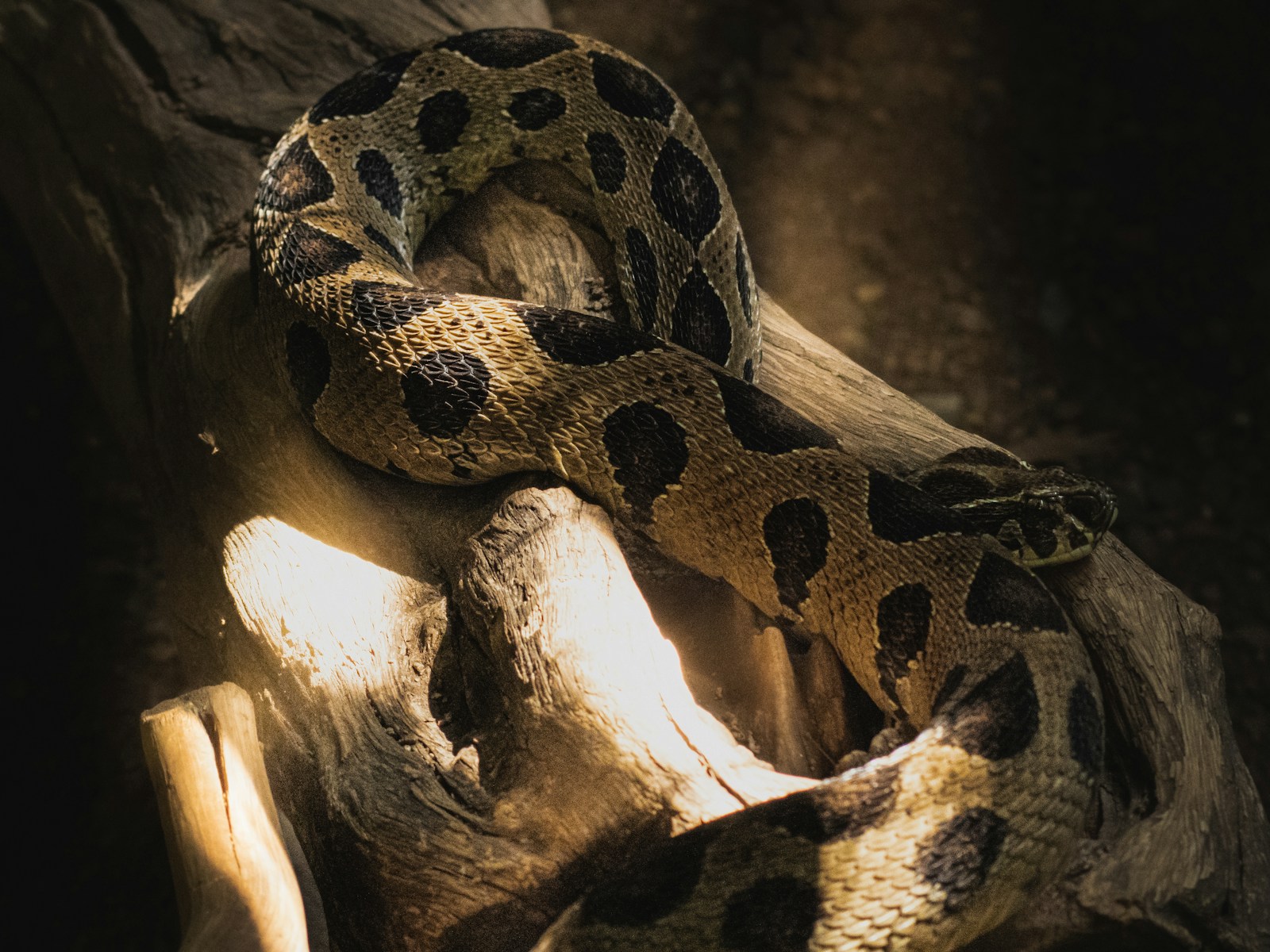
Human encounters with head-flattening snake mimics often lead to unfortunate outcomes for these harmless reptiles. Many people instinctively fear and kill snakes that display cobra-like features, mistakenly identifying them as dangerous venomous species. This represents an unfortunate irony: the very adaptation that protects these snakes from natural predators may increase their vulnerability to human persecution. Education efforts by wildlife organizations focus on teaching the public to recognize key differences between harmless mimics and truly venomous species, such as pupil shape, head scalation patterns, and body proportions. Conservation biologists express concern that widespread killing of these beneficial predators negatively impacts ecosystem health, as many of these mimicking species control rodent populations and serve important ecological roles. Some regions have implemented laws protecting non-venomous snakes, though enforcement in rural areas remains challenging where fear-based reactions to snake encounters often override conservation considerations.
The Evolutionary Arms Race
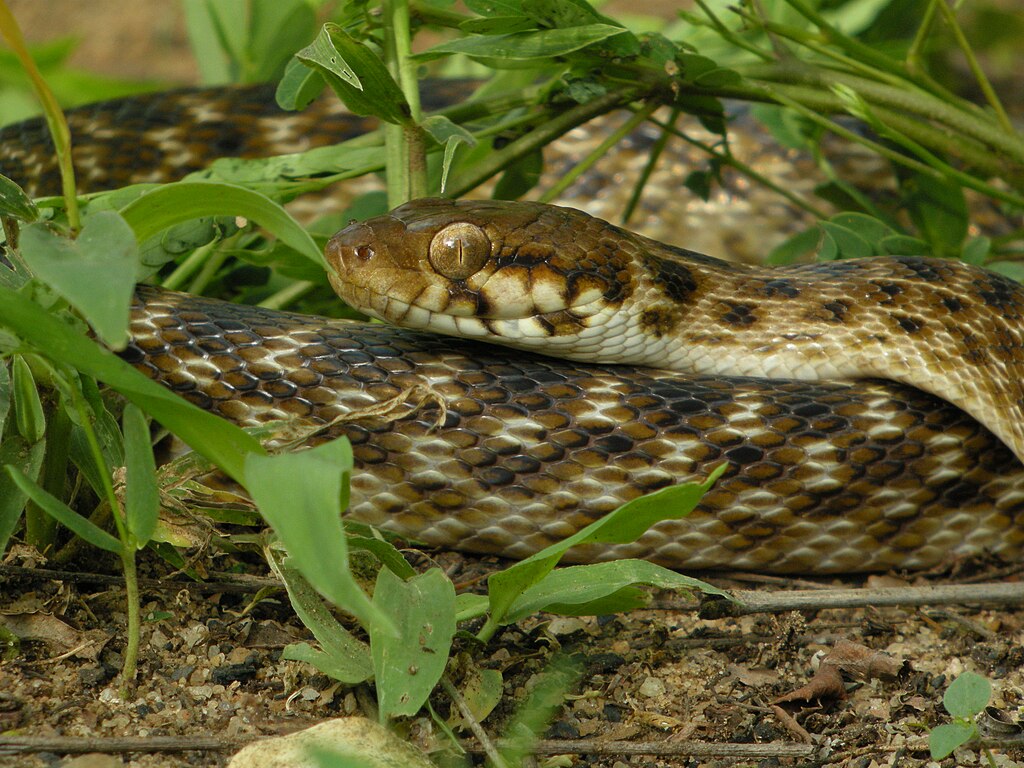
The development of cobra mimicry represents a fascinating example of evolutionary arms races in nature. As mimics become more convincing in their deceptions, selection pressure increases on predators to distinguish between true threats and harmless imitators. This creates counter-pressure for mimics to improve their performances, leading to increasingly sophisticated deceptive displays over evolutionary time. Some predator species have developed enhanced discrimination abilities, such as recognizing subtle differences in movement patterns or body proportions that distinguish mimics from true cobras. Evidence suggests that in regions where predators have become better at identifying mimics, the mimicking species have evolved more complex and multi-faceted displays in response. This dynamic illustrates the constant feedback loop between predator and prey adaptations, with each evolutionary innovation triggering corresponding counter-adaptations. The continued refinement of mimicry across different snake lineages demonstrates that this evolutionary arms race remains active today.
Similar Mimicry in Other Animal Groups
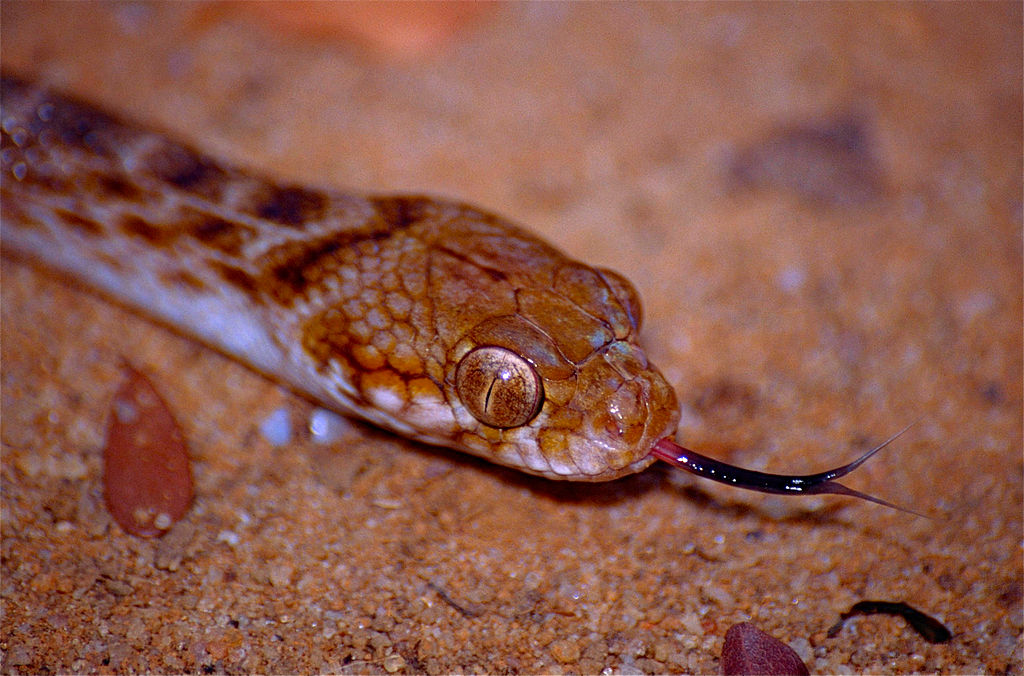
The phenomenon of defensive mimicry extends far beyond snakes, appearing across diverse animal groups with remarkably similar principles at work. Many harmless insect species mimic the distinctive yellow and black patterns of wasps and bees, gaining protection without the metabolic cost of producing venom or maintaining a stinger. Among amphibians, certain non-toxic frog species have evolved to resemble highly poisonous dart frogs, complete with matching bright warning colors that potential predators have learned to avoid. In the bird world, some cuckoo species have evolved plumage patterns resembling birds of prey, deterring attacks from smaller birds. Even mammals display mimicry; the zorilla (Ictonyx striatus) of Africa strongly resembles a skunk in both appearance and defensive behavior, despite being taxonomically unrelated. These parallel evolutions across distinct animal groups demonstrate how natural selection often arrives at similar solutions to common evolutionary challenges, with defensive mimicry representing a particularly effective strategy that has independently evolved multiple times throughout the animal kingdom.
Conservation Implications
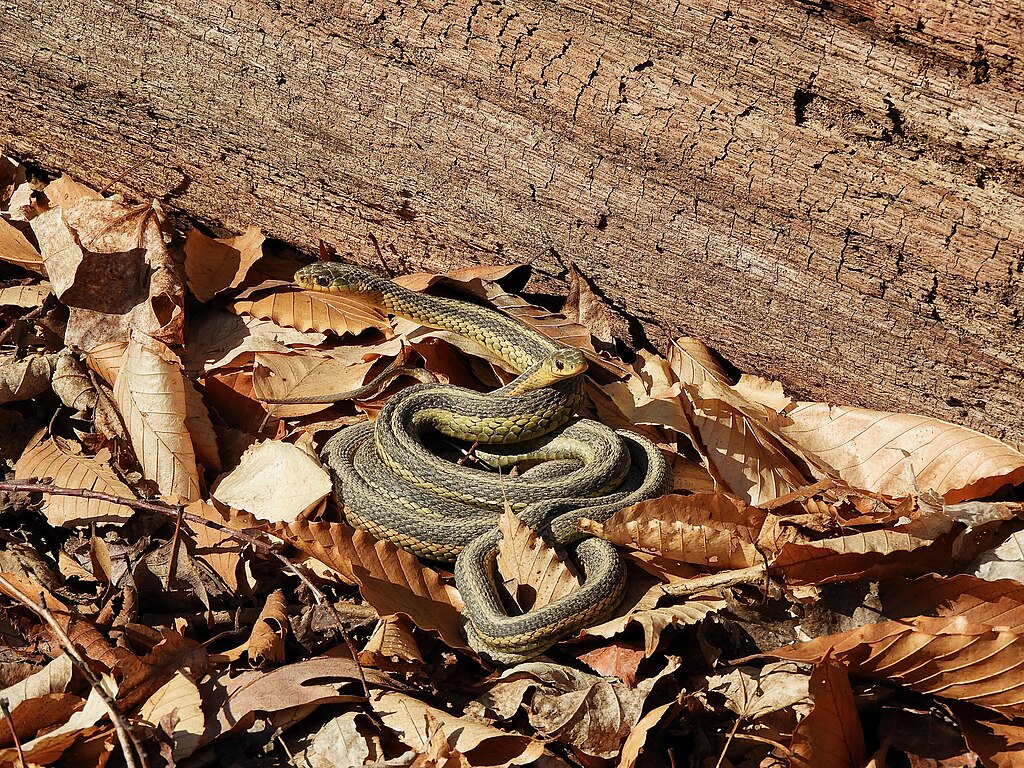
The fascinating mimicry behaviors of non-venomous snakes carry important conservation implications in today’s changing world. Many of these mimicking species face population declines due to habitat loss, road mortality, and deliberate persecution by humans who mistake them for venomous species. Their specialized behaviors and often specific habitat requirements make certain mimic species particularly vulnerable to environmental changes. Conservation efforts increasingly emphasize the ecological importance of these snakes as mid-level predators that help control rodent populations and serve as prey for larger predators, maintaining ecosystem balance. Some conservation programs specifically highlight mimicry behaviors in educational outreach, using these fascinating adaptations to generate public interest and empathy for these often-misunderstood reptiles. Researchers note that preserving the complex predator-prey relationships that drive mimicry evolution requires protecting not just the mimicking species themselves, but entire ecological communities including both the models (cobras) and the predators that drive selection for mimicry behaviors.
The remarkable ability of certain snakes to flatten their heads and mimic cobras represents one of nature’s most elegant defensive adaptations. This behavioral mimicry, developed over millions of years of evolution, allows harmless species to borrow the fearsome reputation of venomous cobras without investing energy in producing actual venom. From the theatrical performances of the hognose snake to the subtle deceptions of ratsnakes, these mimics demonstrate the power of appearance in the natural world. Their success speaks to the universal recognition of the cobra’s distinctive shape as a warning signal – so effective that it has independently evolved across multiple continents and snake families. As we continue to study these fascinating behaviors, they provide valuable insights into evolutionary processes, predator-prey dynamics, and the sophisticated ways that natural selection shapes animal behavior. By understanding and appreciating these harmless mimics, we can better protect them from unwarranted persecution and ensure their continued role in healthy ecosystems.





